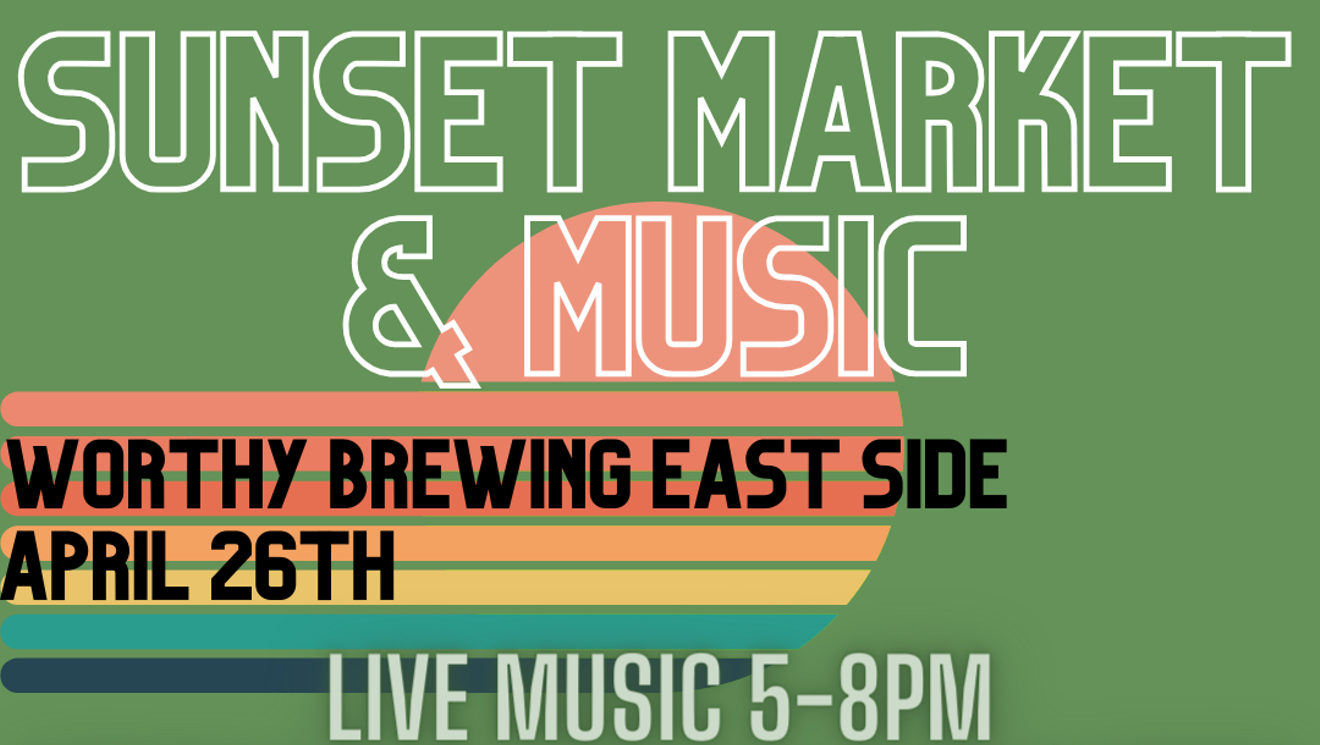The common adage seems to be that America is an increasingly divisive country. Exhibit A: Congress' most recent budget negotiation, which resulted in a federal government shut down, and each side, arms crossed, pouting and refusing to talk reasonably to the other for days.
So much that is contemporary American culture seems to be defined by opposition. Urban and rural, red and blue states, Republicans and Democrats, Kris Jenner (formerly Kardashian) and Bruce Jenner.
For this issue, however, we wanted to counter that sentiment, and consider how opposites actually can support and complement each other: Welcome to our "Scary and Sweet Issue." Half of the paper is devoted to considering how Halloween is a scary, spooky and dark holiday. On page 9, Brianna Brey writes about how some of this generation's brightest writers and movie producers are elevating monsters to the top shelf of high culture, from Pulitzer Prize finalist Karen Russell using vampires as an allegory for aging in her novel Vampires in the Lemon Grove, to the remarkable Guillermo del Toro producing beautiful movies that use monsters as a stand-in for global warming. Brey also interviews a Wiccan on pg. 24 and shows how the "dark arts" actually bring solace and build community.
On the flip side of the newspaper—and, yes, it is upside down, a light-hearted yang to the dark, scary yin—we celebrate our annual Indulgence Issue.
Yes, Halloween is rife with contradicting forces: So many modern monsters are based on Robert Louis Stevenson's enduring 19th century Dr. Jekyll and Mr. Hyde, the split personality of an upstanding citizen and a menacing, violent murderer. In fact, it seems as if the entire holiday of Halloween is based on this opposing duality—vampires who live in fear of, and in opposition to sunlight; good and evil witches; and even the "greeting" trick-or-treat promising a diametric choice.
But really, that is not what predicated the celebration: All Hallows' Eve emerged in the 15th and 16th centuries as a Celtic ritual for the living to recognize and remember the dead. In fact, the celebration was set in late autumn as a fulcrum between the light and dark months, as a means to tie together those elements.
Yet, as Halloween has evolved, like so much of recent American culture, it has continued to move away from a celebration between the interactions between differences.
We hope that this issue sheds some light on the darkness of scary, and balances the lightness of indulgence with some serious intentions.
In 2004, Chuck Klosterman wrote one of his quirky and brilliant essays, in which he observed that a nemesis is not the same as an archenemy; in fact, he wrote, a nemesis is someone with whom you actually have quite a bit in common, albeit with perhaps opposing impulses toward different goals. The iconic sports nemeses, points out Klosterman, are Larry Bird and Magic Johnson, who squared off throughout the '80s and, in the process, elevated basketball into a truly elegant battle of wills. More recent examples are more difficult to find because instead of finding respect for those who oppose us, we seem only to mine out hatred and derision.
As the Luke Skywalkers and Darth Vaders take to the streets this Halloween, we hope you will see how these seemingly opposing forces complement not contradict each other, and we hope you enjoy our Scary and Sweet Halloween issue, and see it as one idea, considered from two different angles.






















